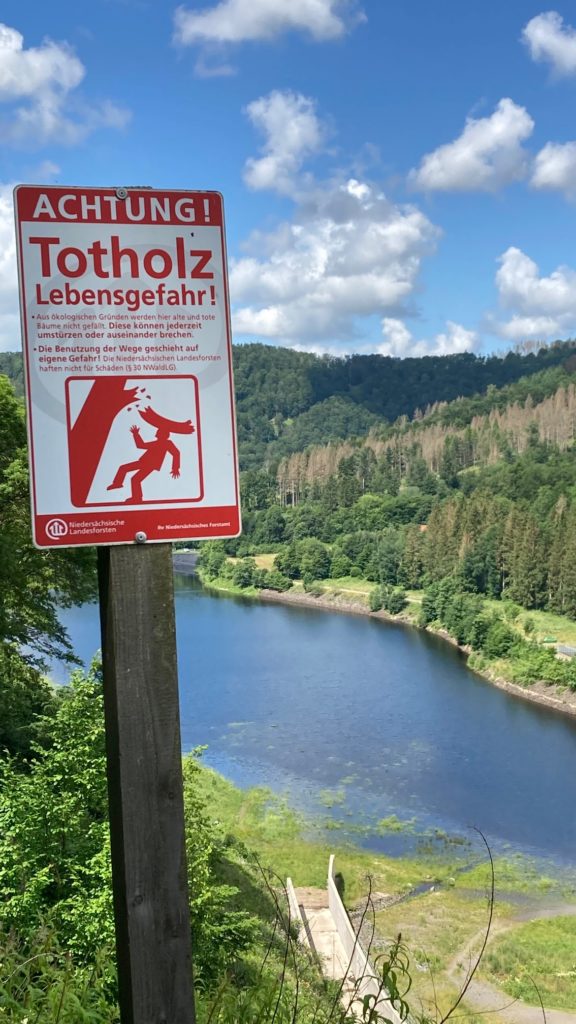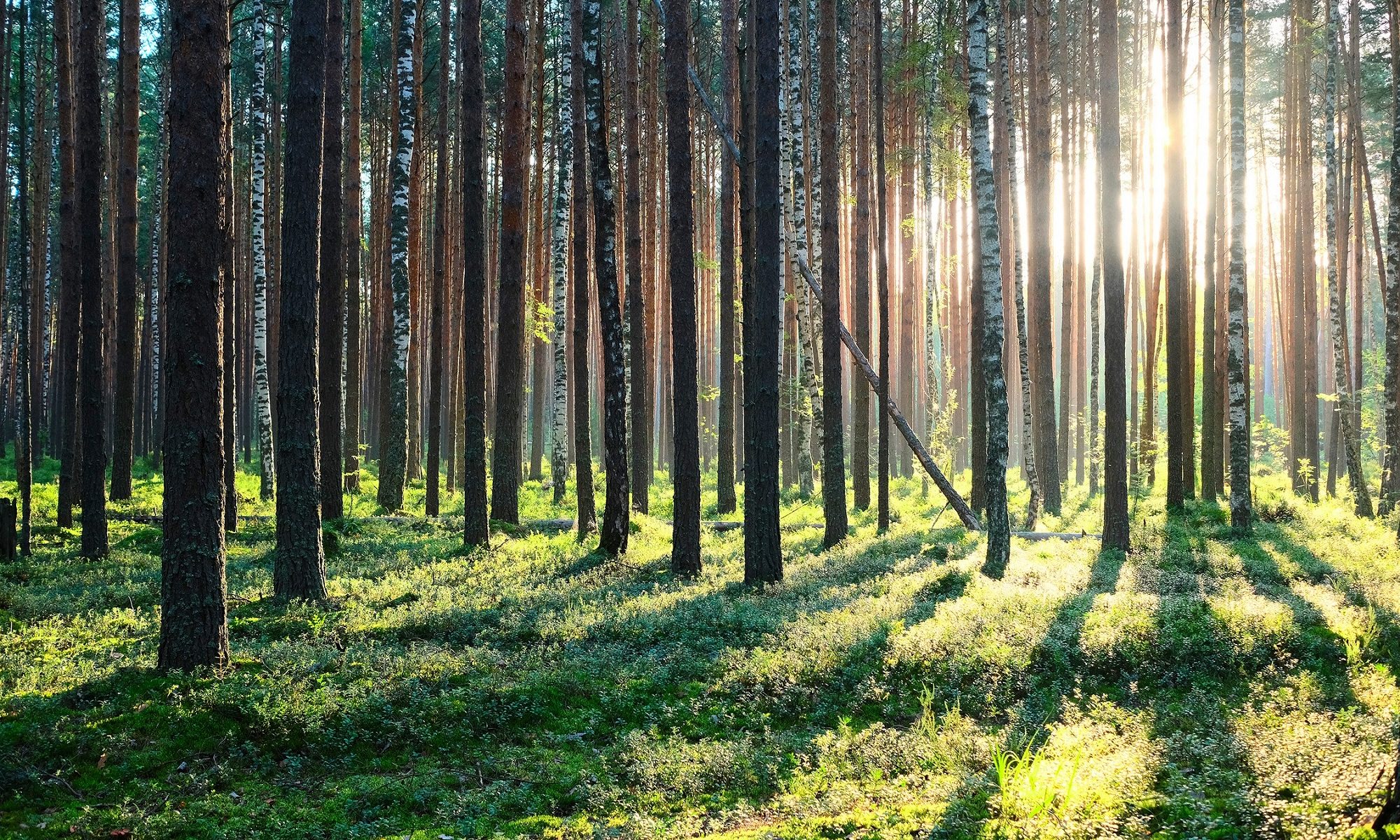The most recent version of the Joint Research Centre’s (JRC) Annual Report on Forest Fires in Europe, the Middle East, and North Africa was released in 2021. According to the report, last year’s fire season was the second worst in terms of burned territory on EU territory (since records have been kept since 2006), trailing only 2017 with nearly 10,000 km2 burned. More than 5,500 km2 of land burned in 2021—an area more than twice the size of Luxembourg—with over 1,000 km2 of that land burning inside protected Natura 2000 areas, the EU’s biodiversity reserve.
When analyzing early data on the effects of wildfires in the current year, the yearly reports allow the use of previous fire seasons as a reference. In light of this, 2022 appears to be even worse, supporting the unsettling destructive trend of recent years. In reality, this year has seen the burning of an area measuring 8,600 km2. By the end of October, this was one of the largest areas in Europe that had been burned by wildfires, breaking previous records for burned land in nine EU nations. Wildfires have burned across 35,340 km2 of land since the worst fire season on record in 2017, an area greater than Belgium. More than 11,600 km2 or around 35% of the overall burned area was located in the Natura 2000 network area.
Major conclusions of the report
Mapped fires in 2021 burned 500,566 hectares (ha) in total, greater than the expected 340,000 ha in 2020 but significantly less than the 1 million ha of 2017;
According to the 2021 report on forest fires, Italy was the nation with the greatest amount of burned land, followed by Turkey, Portugal, and Greece, particularly in August;
Wildfires severely impacted Europe’s Natura 2000 protected sites: in 2021, 102,598 ha (or roughly 20% of all Natura 2000 sites’ total area) were burned, which was less than the previous two years and significantly less than the average of the previous ten years;
Burnt areas increased compared to 2020 in southern EU countries, and it was the second-worst year for average fire size since 1986. The total number of fires was the lowest ever, resulting in significantly fewer but larger fires.
The EU Civil Protection Mechanism was improved with rescEU in 2019 and substantially strengthened in order to support countries throughout this fire season in 2021.
Six nations have requested planes, helicopters, and firefighters 11 times this year alone, making it the second year in the last ten years with the most requests to the EU Civil Protection Mechanism.

Translation: Caution! Dead wood. Danger of Death!
Two major impacts are mutually dependent
The increase in wildfires is clearly a sign of changing climate. However, there is another factor accounting for the severity of these fires being so devastating and large: Pest infestations.
We are seeing a global increase in forest infestations with beetles and other varmints. In Germany, many areas such as the Harz are suffering from almost 100% forest decline of trees with a diameter of >25 cm. I spoke with forestry workers in Bad Sachsa, who were preparing dead logs for the harvester to process. They are snowed under with work now and know that the next ten to twenty years will be very tough for the forest industry. Forest owners have to afforest and give the trees time to regrow to ensure a sustainable forest management.
This will have a significant impact on the timber value chain, affecting construction wood and biomass alike. As less wood is available for construction wood and furniture, less sawdust is available for wood pellets. The thinning of regrowing forest cannot compensate for the sawmill residues. This development will increase the cost pressure on the aforementioned industries and might snooker achieving the European Green Deal goals and the energy transition towards renewable energies.
